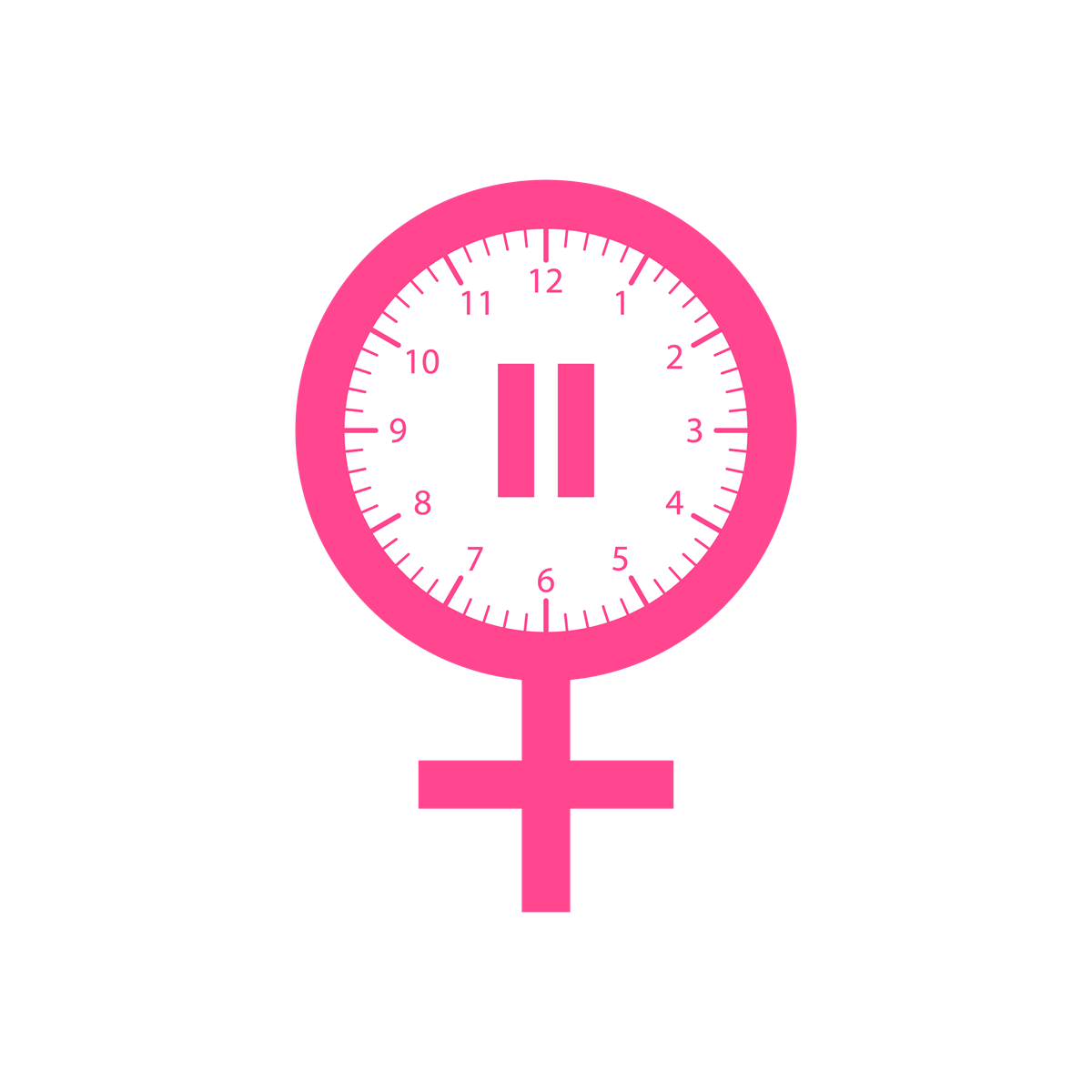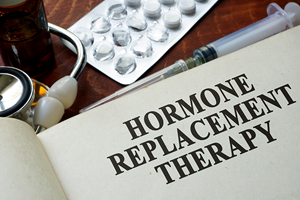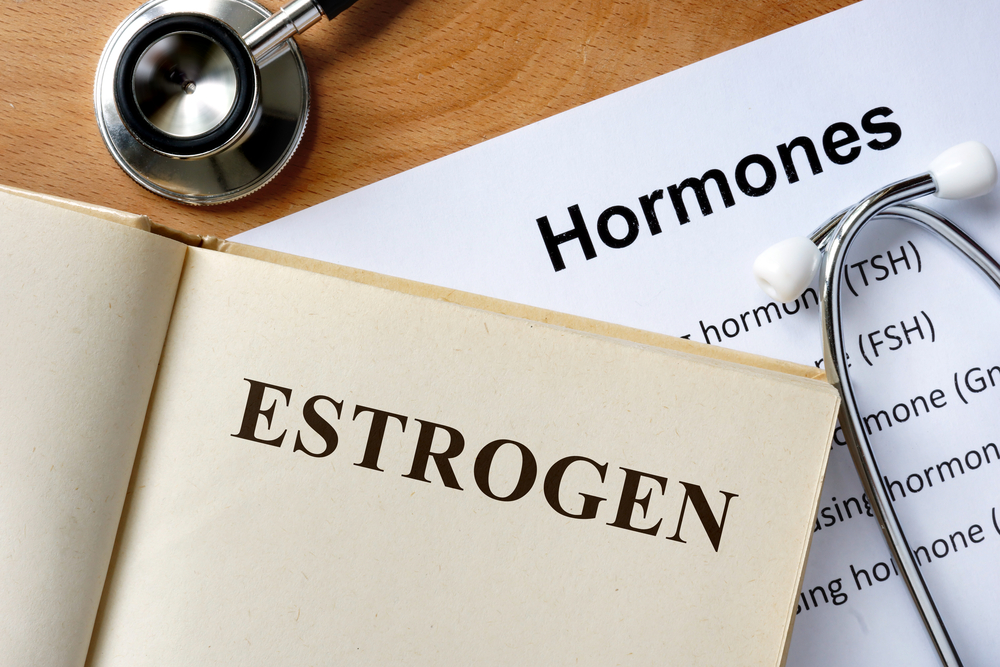I have terrible hot flashes, but because I was diagnosed with breast cancer several years ago, I have been told to stay away from hormone therapy. What else can I do?
Your Menopause Question: I have terrible hot flashes, but because I was diagnosed with breast cancer several years ago, I have been told to stay away from hormone therapy. What else can I do?
Our Response: We have all heard the phrase, “follow the science.” But, science often follows serendipitous discoveries. The management of hot flashes offers an insight into that phenomenon.
An estimated 80% of women in menopause experience vasomotor symptoms, known more commonly as hot flashes or hot flushes. Left untreated, those women with severe and frequent hot flashes place themselves at risk for later cardiovascular compromise (Sarrel, 2013). Yet, a number of health conditions limit standard treatment for these vasomotor symptoms. Clinical and animal studies have contributed to our understanding of vasomotor symptoms and led to a number of options for management (Freedman, 2001, and Freedman, 2005).
First, let us discuss the biology. During the menopause transition and then into menopause, vasomotor symptoms develop as estradiol from the ovaries declines. Recall that in the reproductive years, each month blood levels of estradiol can reach as high as 200 to 400 pmol/L. In turn, estradiol maintains a triad of specialized hypothalamic neurons: kisspeptin, neurokinin B, and dynorphin, (referred to as the KNDy triad), which, by stimulating gonadotropin-releasing hormone (GnRH) in a kisspeptin-dependent manner, is necessary for reproduction (Rance, 2010, and Hrabovszky, 2014). How does this relate to vasomotor symptoms? Kisspeptin--expressing neurons along with neurokinin B—project some of their axons to the median preoptic area of the hypothalamus that controls our body heat.
Kisspeptin, in turn, has its own controllers. Normally, neurokinin B stimulates kisspeptin, and dynorphin suppresses it (Navarro, 2013). In the absence of estradiol, elevated neurokinin B in the rat model evokes temperature elevations that are reversed when estradiol is administered (Dacks, 2010). In clinical trials, when neurokinin B was administered directly to women, it also induced hot flashes (Jayasena, 2015, and Modi, 2019).
As the ovaries age, increased neurokinin B leads to elevated luteinizing hormone (LH) which, in some studies, also has been implicated in hot flashes (Mittelman-Smith, 2012). Administering estradiol in menopause, even at low doses that generate blood levels below 30 pmol/L, offers relief from hot flashes for most women. Estradiol also increases blood flow and glucose availability to the brain, which may explain some of the benefit of estradiol to block hot flashes (Dormire, 2008, and Caan, 2015).
But what about those who cannot take estradiol? Medical serendipity occurs when an unanticipated outcome from a medication used for one health condition becomes valuable for an unrelated condition. As such, medications involving neurotransmitters such as serotonin, norepinephrine, and the parasympathetic system provide unique treatments for vasomotor symptoms.
Under normal circumstances, transmission of neurotransmitter signals from one nerve to another, or a nerve to a receptor, requires a synaptic gap or cleft between the two sites. As the neurotransmitter is released into the synaptic cleft, its concentration is tightly controlled as it is removed by an energy-dependent pump back into the proximal nerve ending. The blockage of these “reuptake pumps” means that more of the neurotransmitter remains in the synaptic cleft to stimulate the downstream nerve or receptor at a higher level. So how does this apply to our group of non-estrogen neurotransmitters? Paroxetine and venlafaxine share a common response to inhibit hot flushes (Menowa, 2021).
Paroxetine, a selective serotonin reuptake inhibitor (SSRI), was patented in 1979. Because new drugs always are tested at a range of doses, paroxetine at higher doses targeted psychiatric conditions. Side effects were weight gain and sexual dysfunction (Portman, 2014). However, at a low dose of 7.5 mg, paroxetine proved ineffective for psychiatric conditions but reduced hot flashes. Its effectiveness was shown in one study in which 591 paroxetine-treated women showed a 39% reduction in vasomotor-associated nighttime awakenings by four weeks compared to only 28% for those on placebo (Pinkerton, 2014). Moreover, neither weight gain nor sexual dysfunction was noted in the treatment group.
Venlafaxine, a serotonin/norepinephrine reuptake inhibitor (SNRI), builds on the serotonin effect but also enhances the availability of norepinephrine (which increases blood flow and glucose) to modify hot flashes (Ladd, 2005). Characterized as an SNRI for depression, its effect to reduce vasomotor symptoms was demonstrated in an estrogen-versus-venlafaxine, placebo-controlled randomized trial in which both reduced hot flashes and quality of life (Joffe, 2014).
Finally, why would anticholinergic medications used for urinary incontinence reduce hot flashes? Urinary incontinence has been reported to affect nearly 45% of those over 45 years (Sensov, 2013, and Caan, 2015). Bladder filling basically is a passive process reflected by the status of the smooth muscle of the bladder wall and parasympathetic efferent pathways. Voiding occurs as parasympathetic control is withdrawn. Enter oxybutynin. This medication is an anticholinergic and antimuscarinic medication that relaxes the muscles of the bladder. Initially used for hyperhidrosis (excessive sweating), it also had been used earlier for hot flashes in cancer patients (Sexton, 2007, and Wolosker, 2012). In a 12-week, randomized trial of oxybutynin administered at 15 mg per day, 73% of treated women reported significant improvement versus only 26% of those receiving placebo (Simon, 2016). Side effects of dry mouth in over 50% of treated patients prompted a study (2020) of oxybutynin, 5 mg twice daily and 2.5 mg twice daily (Leon-Ferre, 2020). For those taking 5 mg twice daily, hot flash frequency change from baseline was -7.5; for those taking 2.5 mg twice daily, the change from baseline was -4.8; and for those receiving a placebo, -2.6. Some dry mouth was observed but was considered minimal. The biologic effects appear to be confirmed in these and other studies. The mechanism of action to reduce hot flashes remains somewhat unclear.
What these discoveries point out is that much of medicine results from the scholarly application of established medical treatments, while recognizing the possibility of new and innovative approaches to other health conditions. For breast cancer patients, these findings are an important step in improving their quality of life.
James Woods | 5/1/2022




